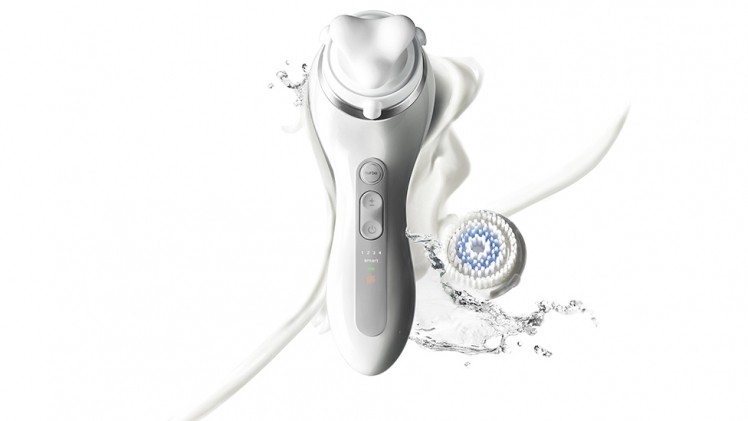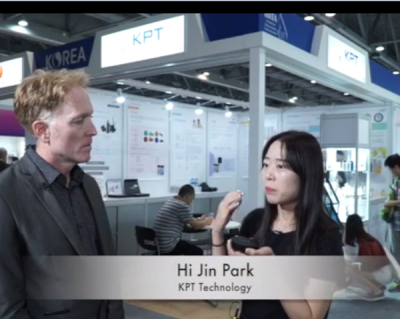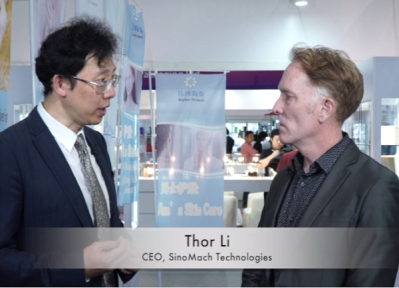L’Oréal develops mechanobiology research to create massage device for anti-ageing

Result breakthrough
In collaboration with the Mechanobiology Institute and the Institute of Medical Biology in Singapore, the Institut Langevin and the Denis Diderot University in Paris, L’Oréal’s Research and Innovation (R&I) makes new breakthroughs in understanding mechanobiology.
Following the discovery, leading beauty retailer, L’Oreal, has created a massage head with anti-ageing effects on wrinkles and the contours of the face, lips and neck.
After nine years of ongoing research, L’Oréal R&I teamed with Singapore’s Mechanobiology Institute to improve knowledge on the “effects of mechanical stimuli on skin cells and to examine its potential applications in beauty devices”, the beauty provider announced in a recent press release.
Improving anti-ageing effects
Mechanobiology refers to a process whereby mechanical stimuli, such as vibration, torsion and stretching is applied to biological tissues and observing how they behave.
This is the first instance of applying the mechanobiology scientific field to skin care that aims to help improve the signs of ageing.
“This field of mechanobiology has been essential in inspiring us to create a disruptive innovation in the world of beauty by opening up the possibility of influencing wrinkles and sagging without invasive procedures", highlighted Jacques Leclaire, L’Oréal Scientific Director.
Upon making its discovery, L’Oréal R&I and its partnering organisations found that vibrations could modify two key skin tissue properties: strengthen the dermal-epidermal junction and increase the extracellular matrix production.
The researchers used advanced imaging techniques to study the movement of vibrational waves in ex vivo and in vivo skin to maximise the impact of the technology.
Massage device
Once this had been identified, the US teams designed a three-point massage head to generate and magnify the stimulation. A clinical trial supported the research by stating that several clinical signs of skin ageing, including the elasticity and firmness of skin around the edges of the face, are modified.
“For the first time, research has proven that mechanical stimulations have a biological effect on the skin as a whole and that these effects depend heavily on the frequency of the stimulation,” detailed Elisa Caberlotto, L’Oréal R&I, Project Manager for Instrumental Cosmetics.
“It took more than five years, and the combined efforts of teams from around the world to create a device inspired directly from mechanobiology research,” added Caberlotto.
The device, which is protected by two patents, demonstrates the capability of a massage tool that impacts skin slackening with a cosmetic device, as opposed to one associated with plastic surgery.
L’Oréal’s sonic skin care device brand, Clarisonic, launched its product in the US and Canada in March 2017, the mechanobiology technology will be released between April and September 2017 in both Asia and Europe via the Smart Profile Uplift.
















![[Getty Images]](/var/wrbm_gb_food_pharma/storage/images/_aliases/wrbm_tiny/publications/cosmetics/cosmeticsdesign-asia.com/china/latest-developments-in-china-s-booming-beauty-market3/17870827-1-eng-GB/Latest-developments-in-China-s-booming-beauty-market.jpg)


